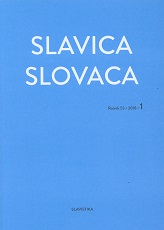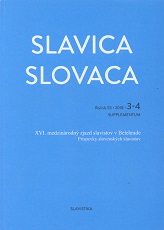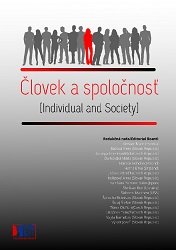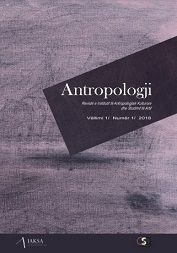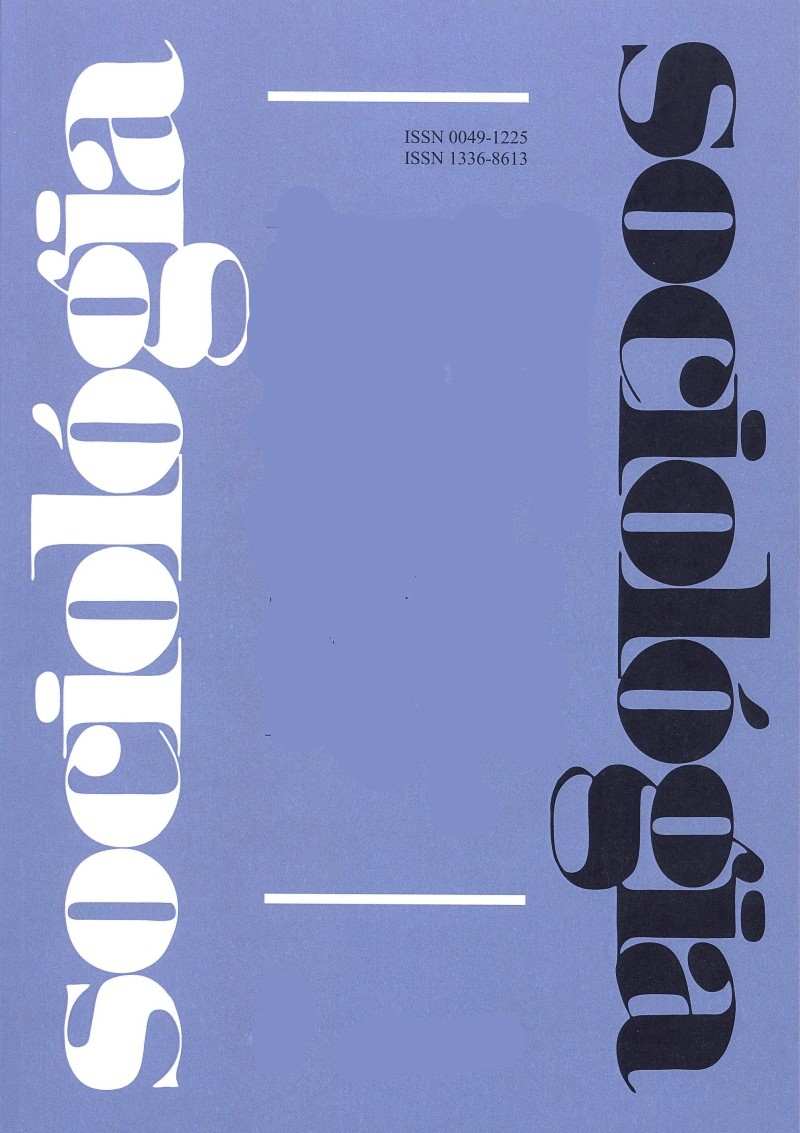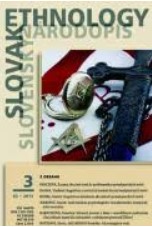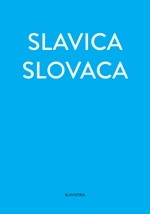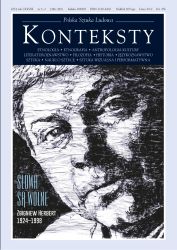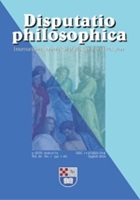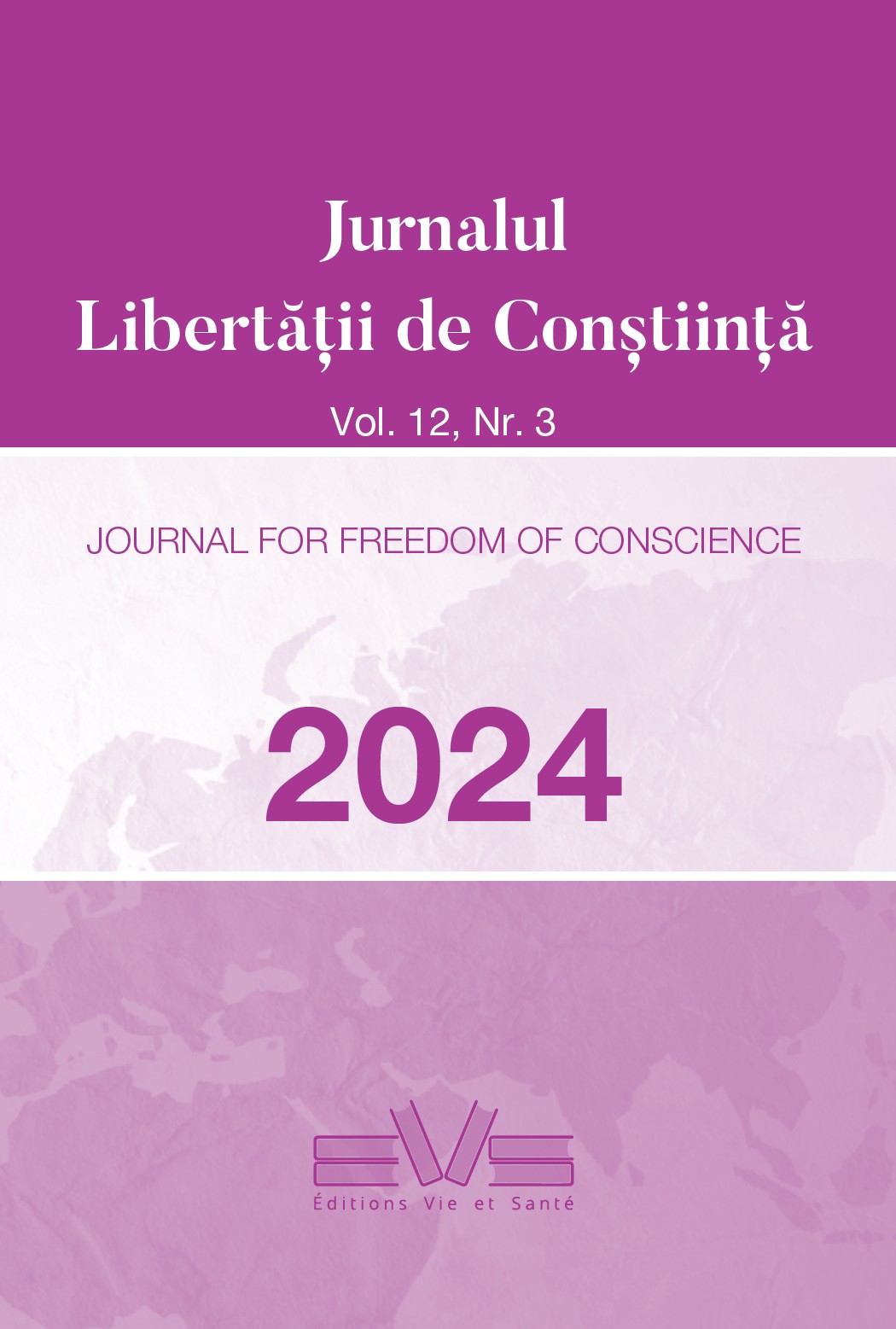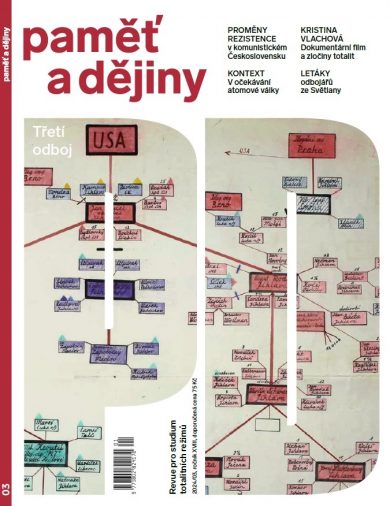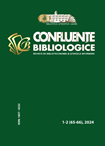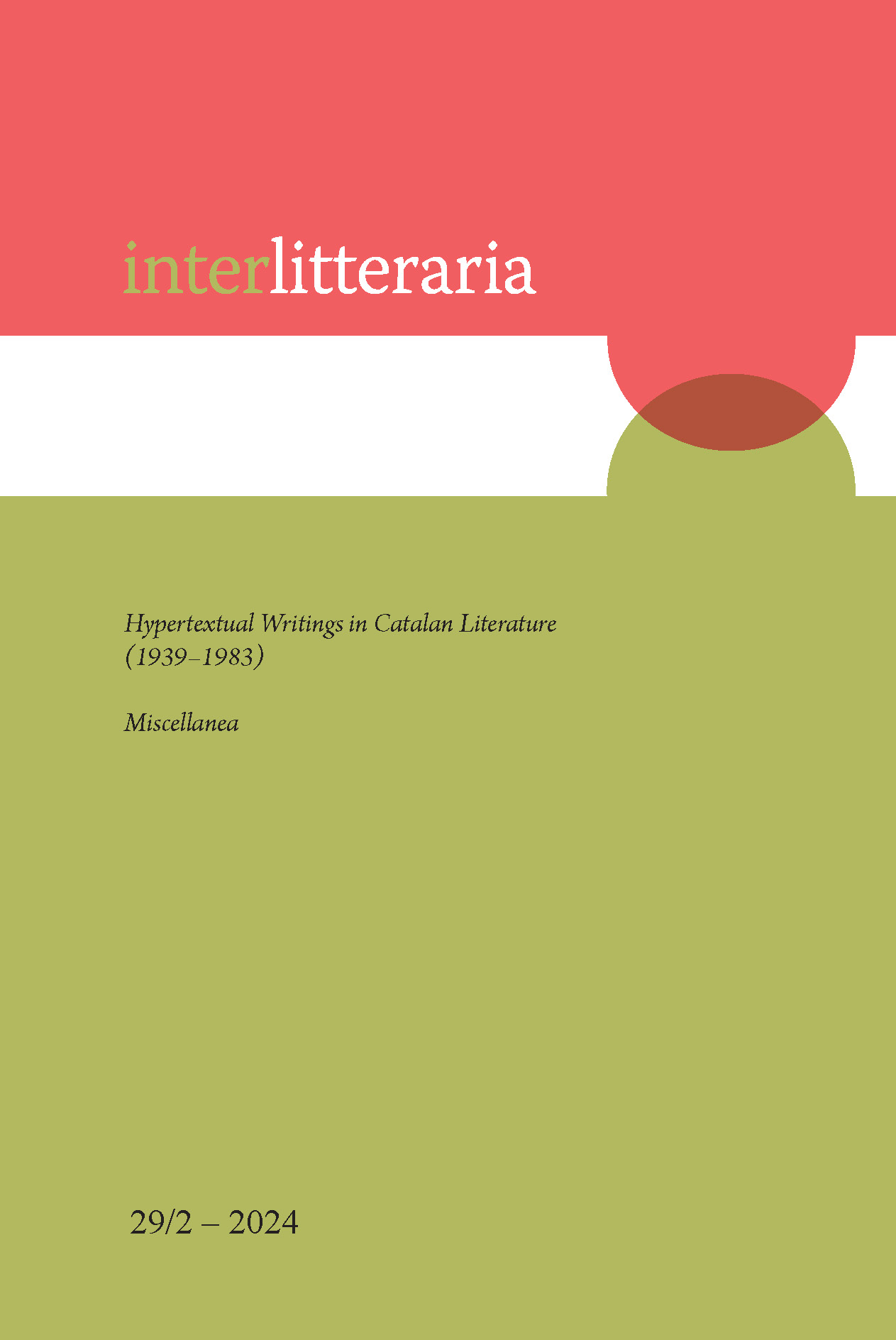
František Sequens: Decoration of the Churches of Saints Cyril and Methodius in Prague-Karlín and Saint Wenceslas in Prague-Smíchov
The objective of this article is to present the personality of Czech painter František Sequens (1836 – 1896), representative of Prague Academy and artist focused on religious art. Sequens had an opportunity to spend a great part of the 1860s in Rome. This period of his life and formation is considered nowadays determining. The issue of the continuity with the Nazarene art movement is therefore obvious but not that easy to be resolved. The contribution is pointing out the often simplified attribution of religious art of the pursued period to the Nazarene art movement. Two important commissions were chosen from the whole of Sequens’s work: inner decoration of the Churches of Ss. Cyril and Methodius in Prague Karlín and St. Wenceslas in Prague-Smíchov. The article is then focused on the monumental mural paintings in the context of these two religious buildings.
More...
